Warehouse organisation is often misunderstood as organising inventory alphabetically. Efficacy in warehouse operations is a must for cost control, uninterrupted supply chain and overall customer satisfaction.
Most of the time, these inefficiencies attributes to the simplest mistakes. These inefficiencies can be corrected or avoided by identifying these common mistakes.
#1 Excess inventory:
Having excess inventory is one of the most common warehouse organisation mistakes. Having excess inventory can affect many issues such as picking items, putting away new inventory items and restocking. Excess inventory will also disrupt cyclic counting when there is an irregularity in the number of materials. For instance, implementing inventory management systems like Kanban and others can help in having optimal inventory levels.
#2 Layout of the warehouse:
Warehouse design and facilities are one of the essential points in warehouse organisation. Moreover, having an optimum layout will help in quick segregation, completion and assembling of stock. If the company is designing their warehouse, the type of materials and their velocity should be considered. So, this design will help in maximising productivity and optimal engagement of labour.
#3 Training:
Most companies often fail to train their staff regularly in warehouse organisation. As technologies evolve, the employees must be taught to use them efficiently. This not only lightens and simplifies their work process but also reduces the paper need for every task. Most importantly, going digital helps in finding misplaced orders, inventory shortage or stock delivery schedules in a click of a button.
#4 Planning and paving:
When it comes to warehouse organisation, it is important to plan ahead. By using forecast tools and analysis, the company can arrive at an aggregate figure of materials, their usable period and reordering schedules. At the same time, the delivery and loading docks mustn’t overlap. They should be well-demarcated to avoid confusion and crowding.
#5 Maintenance and housekeeping:
Lack of attention to detail and apathy is often the result of bad housekeeping. Being organised is the key to effective warehouse organisation. For example, Straight shelves, labelling, segregating products and complete products near to loading dock. Organised housekeeping will make productivity soar.
#6 Safety matters:
Tidy, safe warehouses don’t necessarily mean a safe warehouse. Companies should implement adequate safety precautions a prepares for any hazards. So, warehouses an inherently dangerous working environment, so it is crucial to single out any blind spots. Adequate precautions and safety training is important for optimal warehouse organisation.
#7 Work-in-process
Most warehouses commit a mistake of fulfilling only the current customer orders. They fail to factor in future orders and the work-in-process orders. In addition, the warehouse manager needs to balance the orders and keep enough stock in hand to fulfil the upcoming orders as well.
#8 Performance and motivation:
Effective warehouse organisation requires performance monitoring and automation. Comparing the factors against KPIs will help in increasing productivity. On the other hand, Automation is also important for swift and reliable data collection.
#9 Identification:
In short, mix-ups in warehouses often are the result of being the poorly label. Investing in high-quality labels and printers will make it easy for the employees to identify materials.
These are the 9 most common mistakes that happen in a warehouse. In conclusion, Tackling them the right way will help the warehouse to achieve the highest levels of productivity and morale.
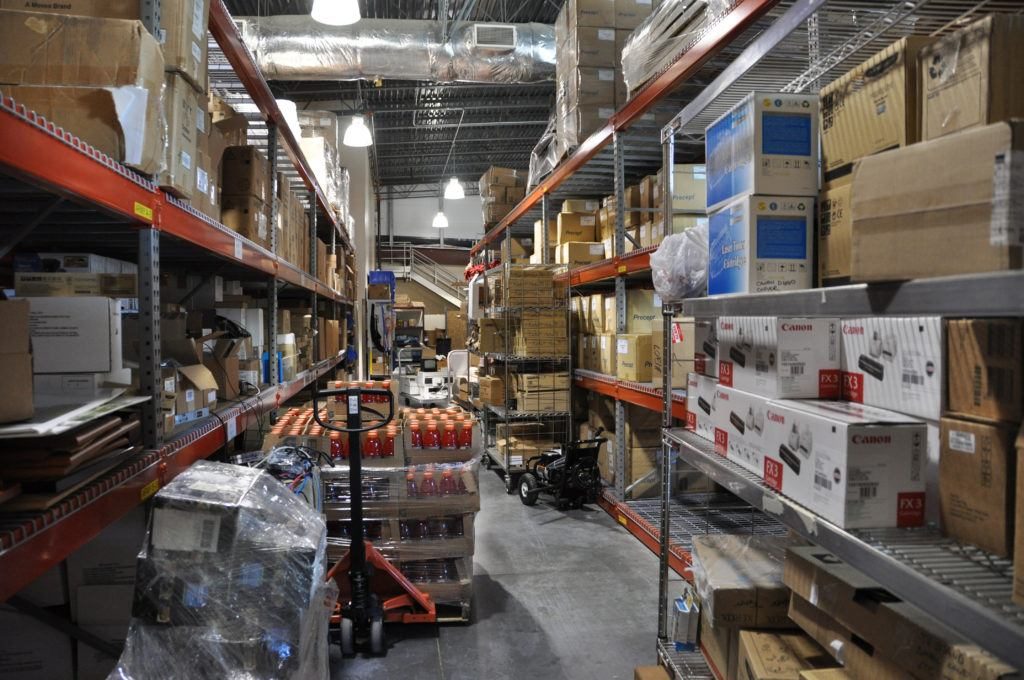
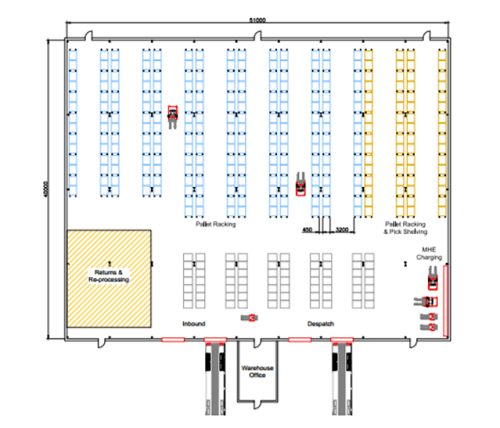
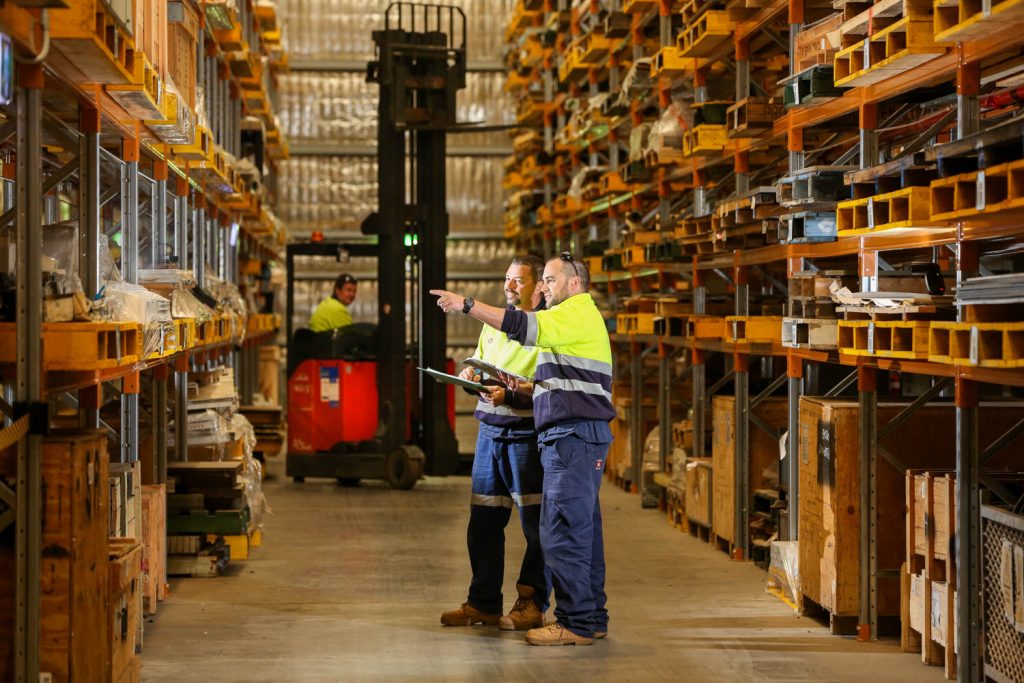
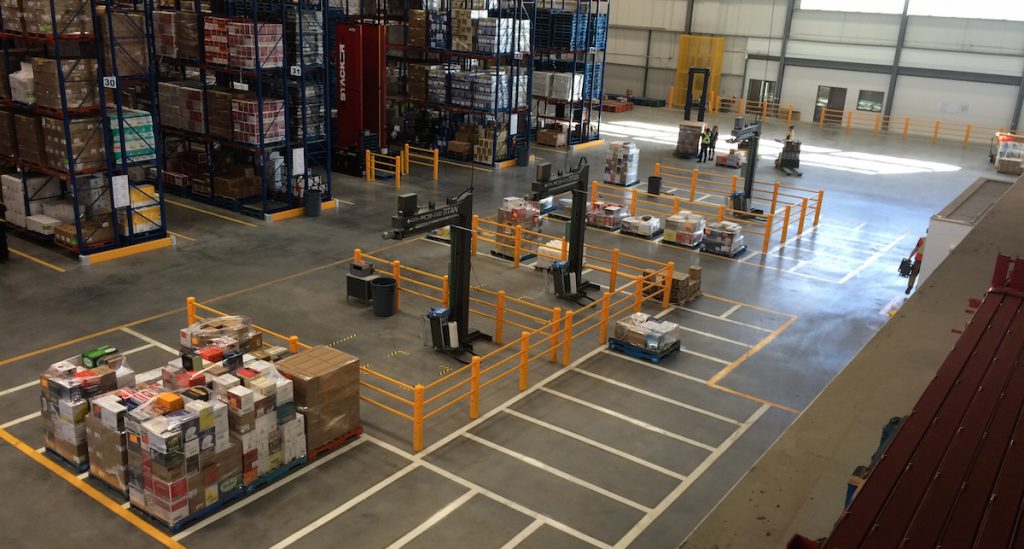
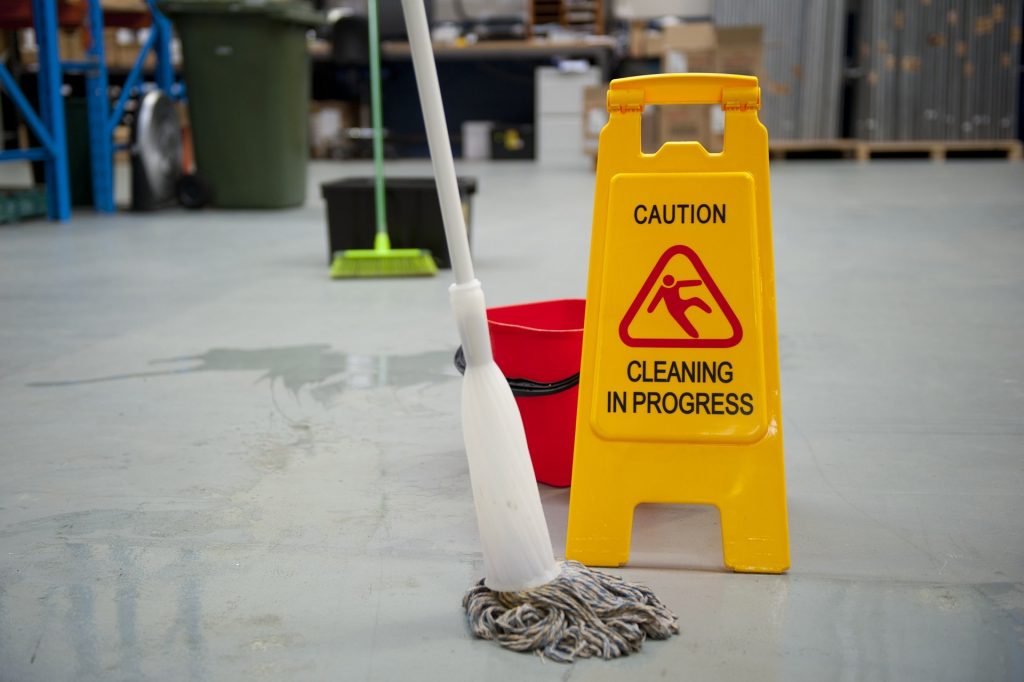
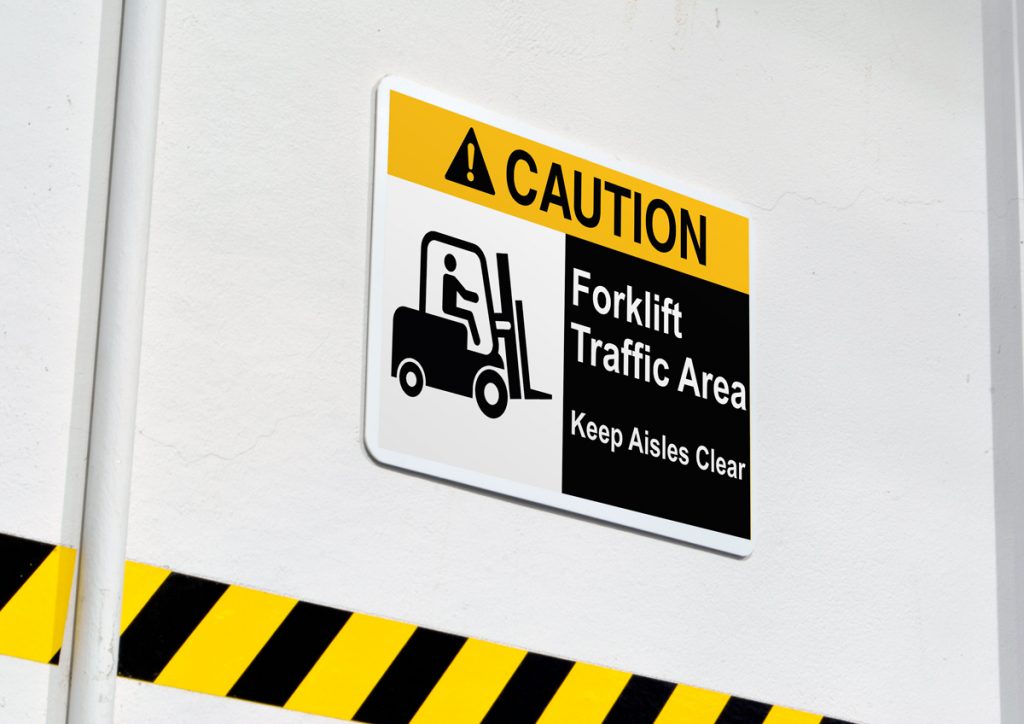

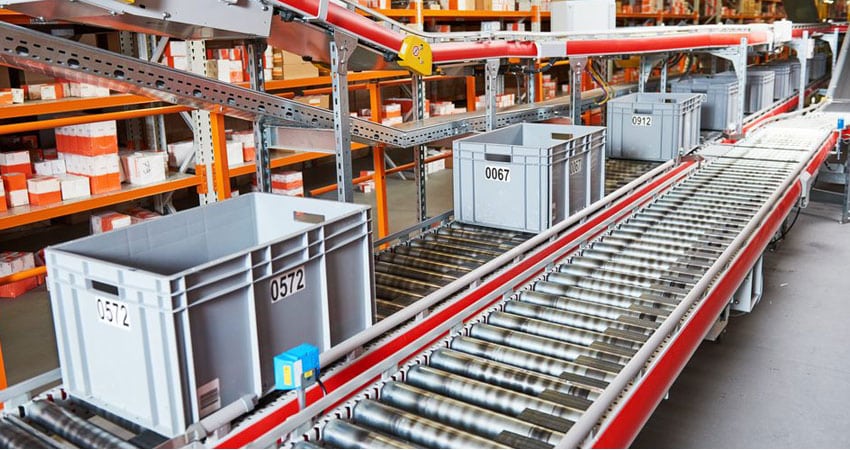
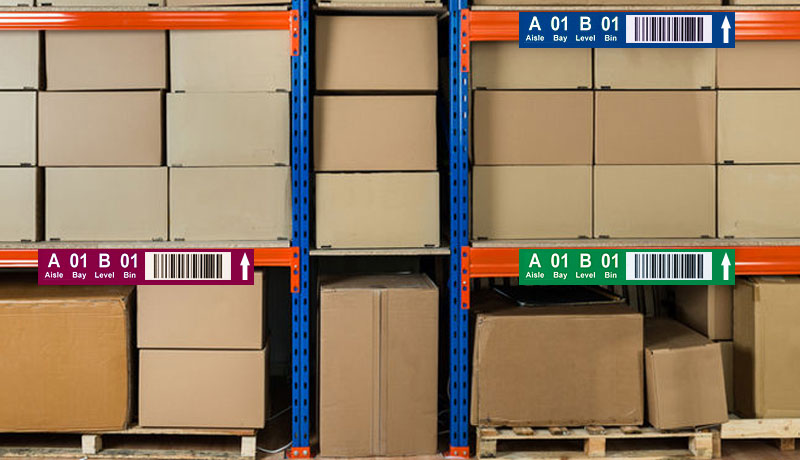
 Start using ZapInventory today
Start using ZapInventory today
